Unpacking Plagiarism in the Digital Age
In an age where digital media is king and content is queen- the demand for fresh content is like never before. Making an impact on our cultural landscape requires you to be constantly on top (and ahead!) of the latest trends with bold, evocative copy and ideas. How can we keep up in a world that champions people who consistently make new and sparkly material? Enter plagiarism.
Plagiarism is nothing new. We all grew up hearing that we needed to “keep our eyes on our own papers” and that copying = cheating. But in a digital era where we’re all re-posting and copying trends, the rules seem to have gotten blurry. How do we know what’s appropriate to re-create and what’s just stealing? From massive content creators to smaller blogs and websites, artists and creators across the board have their work duplicated and discredited. Especially artists of color!
Now, we’re not saying we should do away with making videos to trending audios or that taking inspiration from a piece is never okay- far from it! However, we want to take the time to toast original creators and to paying homage when we can. Below, we’re breaking down the two main types of plagiarism, and some do’s and don’ts when approaching creative work. Let’s get started.
Direct Plagiarism- This one’s relatively straightforward and the biggest obvious no-no. Direct plagiarism is when you copy another person’s work verbatim and claim it as your own. We’ve all seen variations of this on TikTok and other social media platforms, but it’s not the most common as it’s generally agreed upon that it’s dishonest.
Mosaic Plagiarism- According to Bowdoin College, “mosaic plagiarism occurs when a student borrows phrases from a source without using quotation marks or finds synonyms for the author’s language while keeping to the same general structure and meaning of the original.” Beware the copy, paste, and tweak!
This type of plagiarism can be the easiest to fall into, especially when inspired by a creator’s style. When this happens, pause and write out what’s speaking to you about this. Is it their aesthetic? Their succinct word style? Their playfulness? By identifying what excites you, it can ignite new thoughts and ideas for you and your brand!
Social Media Plagiarism- This may be the trickiest to tackle because it’s become so common. Sharing other people’s thoughts, memes, and video ideas is a part of our daily culture, so much so that we often don’t think twice about sharing without citing, especially with the re-creating of content being so in Vogue. It can be nearly impossible not to plagiarize. When everyone’s itching to go viral, the siren song to copy what’s already working is strong! So, how do you balance ethics with what pops on social media? No one is perfect, but give these a go!
Cite Your Sources: Take the time to give credit where it’s due. Got a passage on a blog or website you read that lights you up? Quote them! A video trend that you’re dying to re-create? Research the original creator and tag them in the caption or comments. Taking a minute to acknowledge the person who inspired you is a way to thank them for their work. We know that this isn’t always possible! Tons of material is anonymous or not able to be tagged- and that’s okay. You can still put your spin on their material. But, if you can find a source, do credit them. It shows respect and sends good creative karma your way!
Hire Your Inspirations: Are you crazy about a signature photography or writing style? Does a particular influencer or content creator always make you say wow? If you’re itching to make something similar- hire them! Hiring artists you love is a fantastic way to create custom content that suits your brand. Reach out to them about their services, and see if they would be open to a billable brainstorm hour for future content ideas. This way, you’re guaranteed to love what you’re making, and everyone’s talents are recognized and compensated. Win-win.
Plagiarism Sites: We’re heading back to the classroom when we suggest running your materials on a plagiarism website. While this primarily applies to blog writing and copywriting, it’s an excellent way to assure some peace of mind before you post. Some sites to check out are https://www.prepostseo.com/plagiarism-checker and https://www.check-plagiarism.com/ for quick, easy, and free double-checking.
Protect Your Own Materials!: With all the beautiful, witty, and inventive content that you make– take some time to ensure that you will be acknowledged! Tag your handle or write your name on your posts. Link your materials back to/on a home base that showcases all of your hard work.
It’s safe to say most of us know that plagiarism is wrong. But, we’re in a visually and aesthetically driven society that’s demanding more of us than ever before. The pressure to create fast enough and be ‘good enough’ can have us eager to replicate what we know is already successful- even if we accidentally step on others’ toes in the process. And with access to so much content, it can be overwhelming to identify a source.
The amazing thing about living in the age of digital content- is that we’re also living in an age of limitless inspiration. Note what creators and material motivate you and jumpstart your own wild and wonderful ideas! And, if you’re looking for a place to brainstorm-, we’ve always got you covered.
Always In Your Corner,
The Content Queens
“The Common Types of Plagiarism.” Dean of Students, https://www.bowdoin.edu/dean-of-students/conduct-review-board/academic-honesty-and-plagiarism/common-types-of-plagiarism.html.
